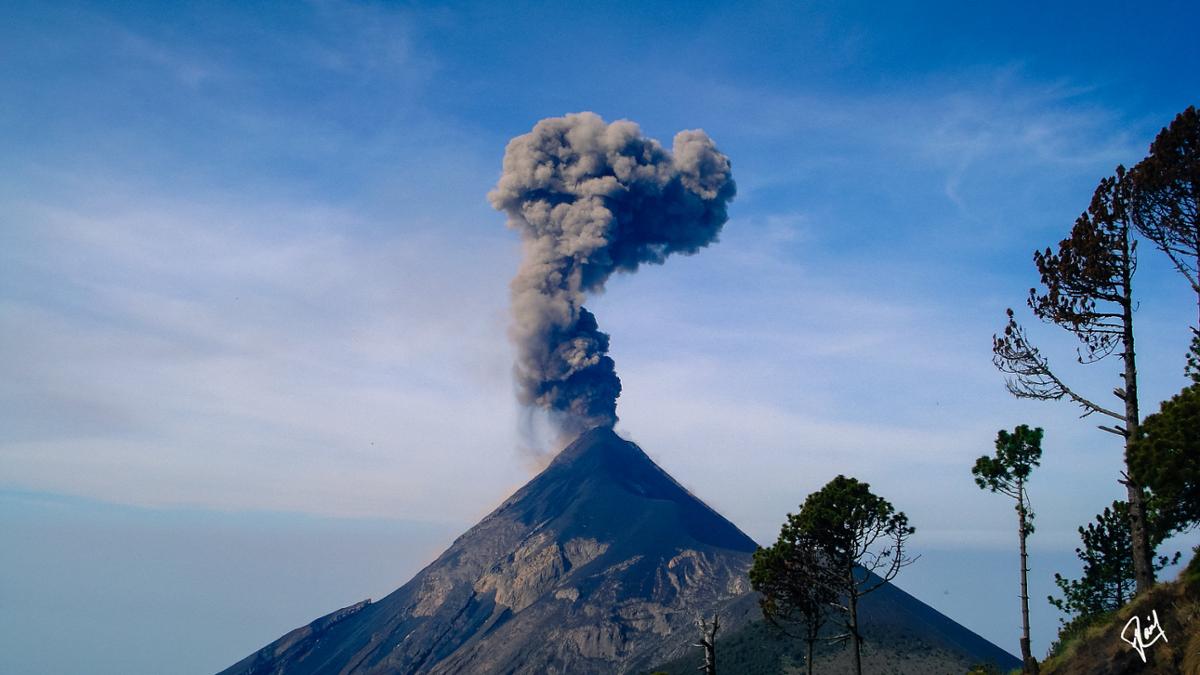Climate scientists know levels of heat-trapping greenhouse gases in Earth’s atmosphere are increasing because of human activities such as burning fossil fuels. This is causing the climate to warm, resulting in a variety of serious problems. Researchers want to develop theoretical models to predict the consequences of these emissions, so as to inform social policies addressing this crisis. The Earth’s climate system has many unknowns. One way to reduce them is to study previous naturally-occurring climate changes, in Earth’s past.
Fifty six million years ago, geological evidence shows Earth’s atmosphere experienced a massive release of greenhouse gases, probably from unusual volcanic activity. This produced a period of extreme global warming called the Paleocene-Eocene Thermal Maximum. In 2022 an international team of researchers published a study of sediments deposited during this period.
Studying the sediments allowed researchers to track the effects of the carbon release on climate, and its absorption by the ocean. They found the release had two peaks, separated by thousands of years in time. The first involved roughly as much carbon as emitted by human activities since the Industrial Revolution. As a result, a warmer climate persisted for several centuries or millennia afterwards, until the carbon was eventually removed by the ocean.
The second peak corresponds roughly to the modern worst case scenario, in which we do nothing to reduce carbon emissions. This release exceeded the removing capacities of the oceans, and major warming persisted for tens of thousands of years afterwards until much slower geological processes could remove the excess carbon dioxide from the atmosphere. These clues from the past help researchers predict the course of the current crisis.










